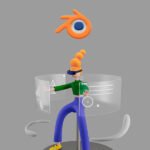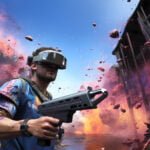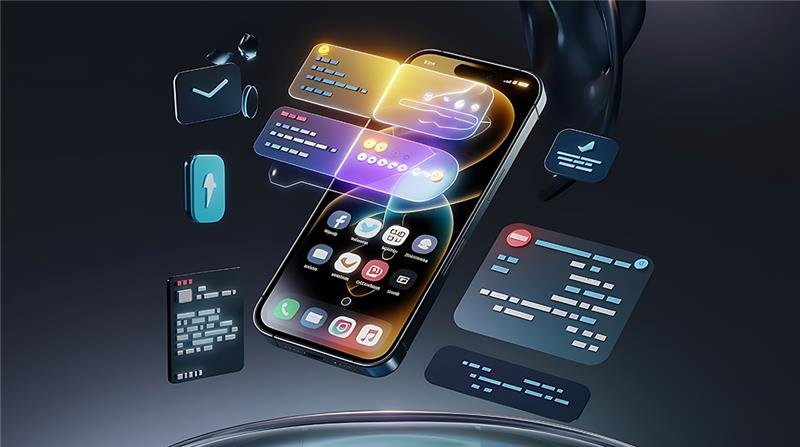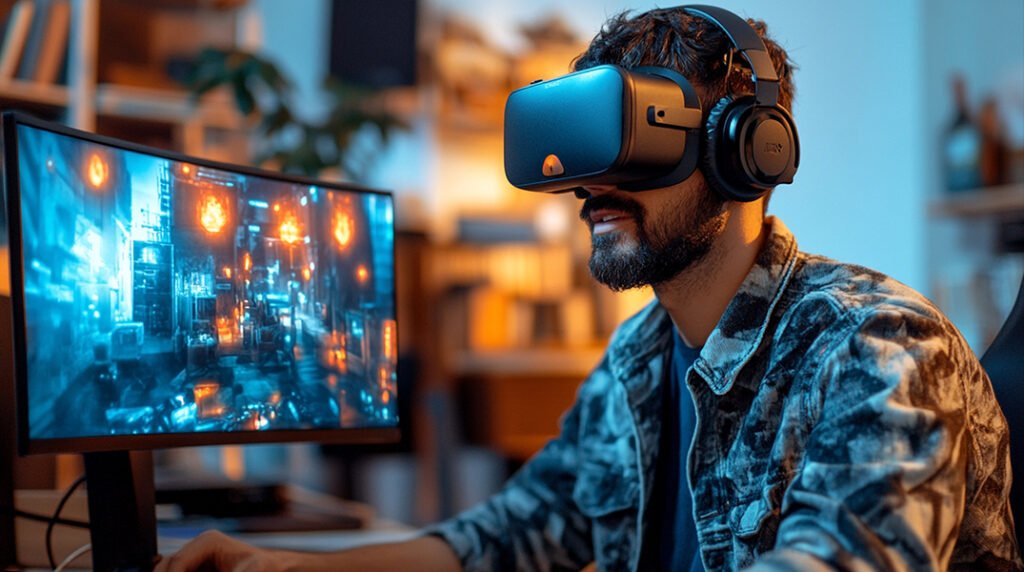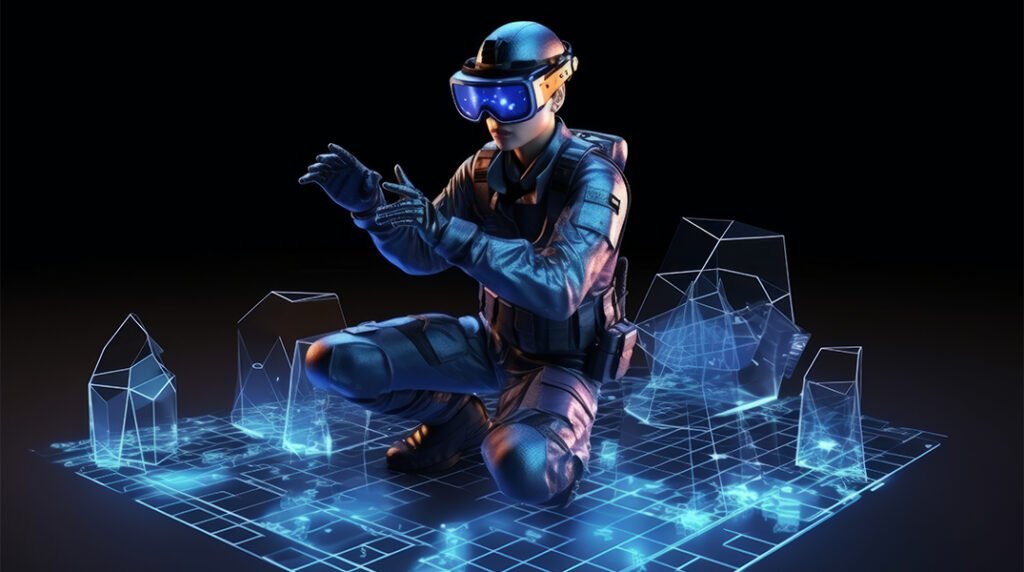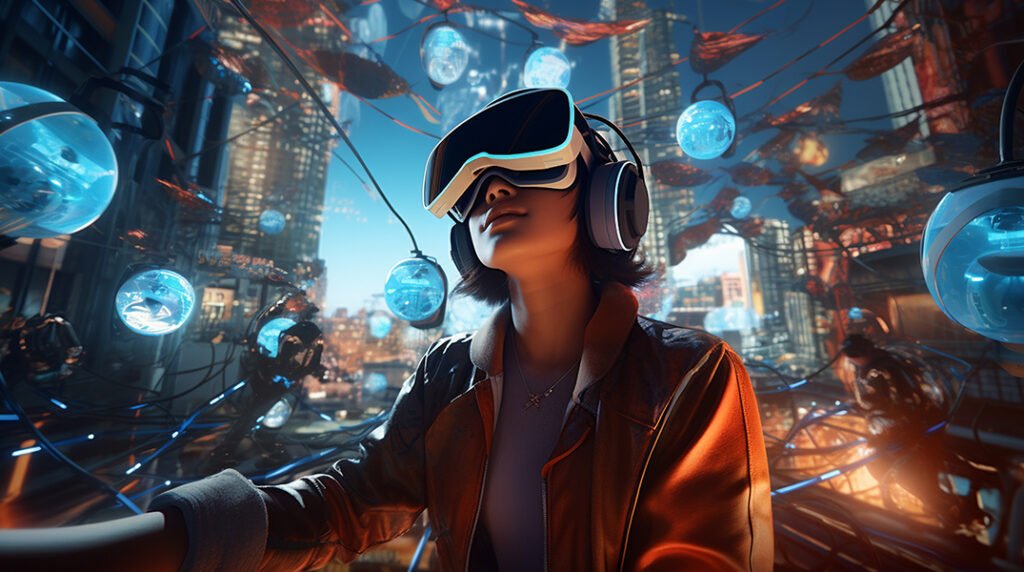Developing interesting avatars in the virtual world is a very crucial step towards drawing the attention of the players and moving the story. This blog includes the dos and don'ts of video game character design, mentioning all the steps to be adopted in designing game avatars. Creating memorable virtual beings and leading their exciting development and useful relations with other avatars is not an easy task, but this guide is useful because it assists in the creation of memorable characters.
The Importance of Creating Memorable Characters
Game character design determines the ability and ways by which the characters will establish good relationships with players and retain them. Proper appearance could inspire players as well as make them sympathize with the characters.
The effects of the memorable character design of the virtual world are as follows:
- Psychological identification
- Projection
- Compensation
- Empathy
- Agency
- Archetypes
Understanding Character Design
The process of game character appearance is one of the core processes that relate to the development and creation of personalities in the course of the virtual world.
Scope of Game Character Design
You will need to employ avatar designers who will never fail to include the main aspects of the video game characters design:
- Visual aesthetics: The fictional entity's looks and its clothes, colors, and body.
- Personality Traits: Describing the character of behavior, stimuli, and heartbreak.
- Backstory: Development of a history that explains what the fictional entities will be doing and how they will relate to other occupants of the virtual world.
- Functionality: Making sure that the visuals of these personalities correspond with the gameplay and promote the interaction of players.
Difference Between 2D and 3D Character Design?
The layout of virtual beings in a 2D video game character style includes the drawing of virtual beings that are typically based on illustrations or sprites. Conversely, 3D game design in headers pays much attention to depth and realism. The Fictional entities are created in three-dimensional models, which provide more realistic Virtual beings
In selecting a game art outsourcing studio in terms of doing virtual beings design, it is advisable to ensure that they have 2D or 3D design services, depending on what your virtual world entails.
The Role of Character Design in Gameplay
The design of fictional entities in games provides the link between the two essential parts of a virtual world (game mechanics and narrative). As an instance, a strong personality can do good in platforming areas, whereas a muscular one could be better off in a fight. Considerate design makes sure that you display these qualities in visual form, so the virtual world roles are easier to figure out as soon as you see them.
Video Game Character Design in 7 Simple Steps
The following are the seven steps that you need to take to come up with such relatable, fun, and engaging virtual world avatars.
Step 1: Start with An Archetype
The submission point in designing a virtual world character must be with an archetype because it is the standard, well-known type of avatar: a hero, a mentor, or an evil one. To create an archetype, one should discover the key characteristics and drivers specific to the type of avatar. An example would be that a hero could be an adventurer who is valorous, selfless, and on a quest.
Step 2: Create a Solid Backstory.
The second thing that you need to do in game fictional entity design, after coming up with an archetype, is to develop a powerful backstory for your avatars that would be consistent with the archetype. As an example, when you select the hero archetype, you should think about the experience he or she had, obstacles on the path, and what can motivate them to be a hero.
Step 3: Attribute Determination on the Archetype
That is the stage where your character takes form. Distinct features would be personality traits, physical features, or special talents that make your personality different. Certain qualities that you have to select are the appearance of the face of your virtual world avatars, his or her looks, weapons, advantages, and disadvantages.
Step 4: Visualise the Avatars
It is a fine habit to draw the images of your fictional entities in terms of sketches that will represent their appearance and avatars. The process of personality design can even be done with reference photographs, leading to the game.
Step 5: Align the Gameplay Mechanics with Archetypes.
It is now time to think of how your characters will perform in the game. Consider how they move, fight, and defend. When your virtual world requires the use of 3D models, prepare a 3D character of your personality.
Step 6: Establish Connections with other Fictional Entities
Building connections with Avatars is also an important factor that provides a much deeper experience and involvement in the story. Such relationships may be different, such as friendship, rivalry, mentorship, and interest of a romantic kind.
Step 7: Add a Reference to Motion
To get your ideas on gameplay into the live grammar stage, you have to collect references that would demonstrate how the animation and freely moving objects ought to operate.
6. Don’ts of Game Character Design
Using Clichés and Stereotypes
Clichés and stereotypes may render personalities trivial and stale, thus creating a loss of interest in the player.
Overcomplicating Designs
Complex visuals may look visually attractive but may go too far without being coherent or easily recognizable by the player in the various forms of visuals given to the game characters.
Overlooking the Game Mechanics
Gameplay mechanics shall always be taken into consideration when it comes to game avatars' visuals. When the abilities of a character do not match their own design or even the mechanics of the virtual world, it may frustrate a player and break immersion.
Rushing the Design Process
By hurrying the appearance process, one may lose a chance of polishing and making it better. Feedback enables it to explore and modify the visual through an iterative process, which makes the characters stronger.
Underestimate the Effectiveness of a First Impression
The first impressions are proper in video games; often, players judge the fictional entities by their first visual sight.
Craft Truly Engaging Characters With a Team of Keys
Our experience as a character design company is wide. We also offer game character style, animation, concept art, and 3D models, which means your Virtual World Personalities will be fascinating and realistic. We create unforgettable avatars for your company that bring life to your game!
Conclusion
Characters are the core and essence of any interactive experience, driving the plot and immersing players in the virtual world. A good game character design is a combination of several details, and each of them should be taken into account carefully to define an enhanced interactive experience. By developing nice fictional entities, it will not only be interesting but will also leave an everlasting memory so that your virtual world is actually unforgettable. Therefore, do not forget to select a video game development company that meets all the boxes of Avatar's style needs.


